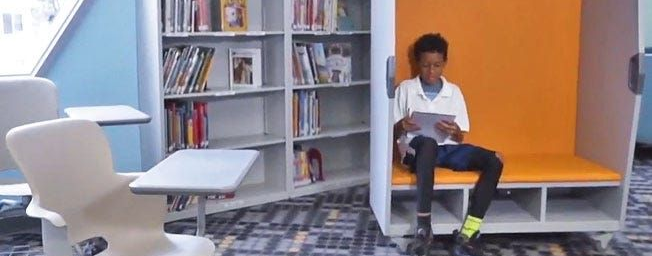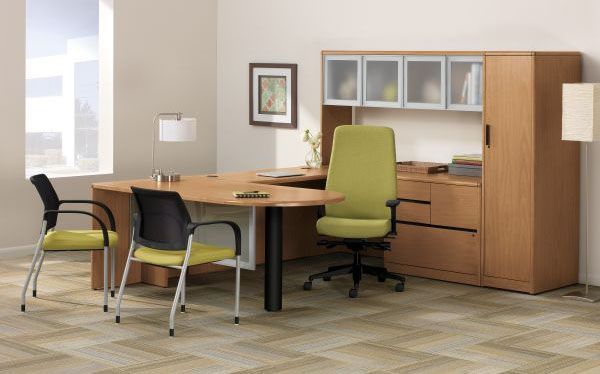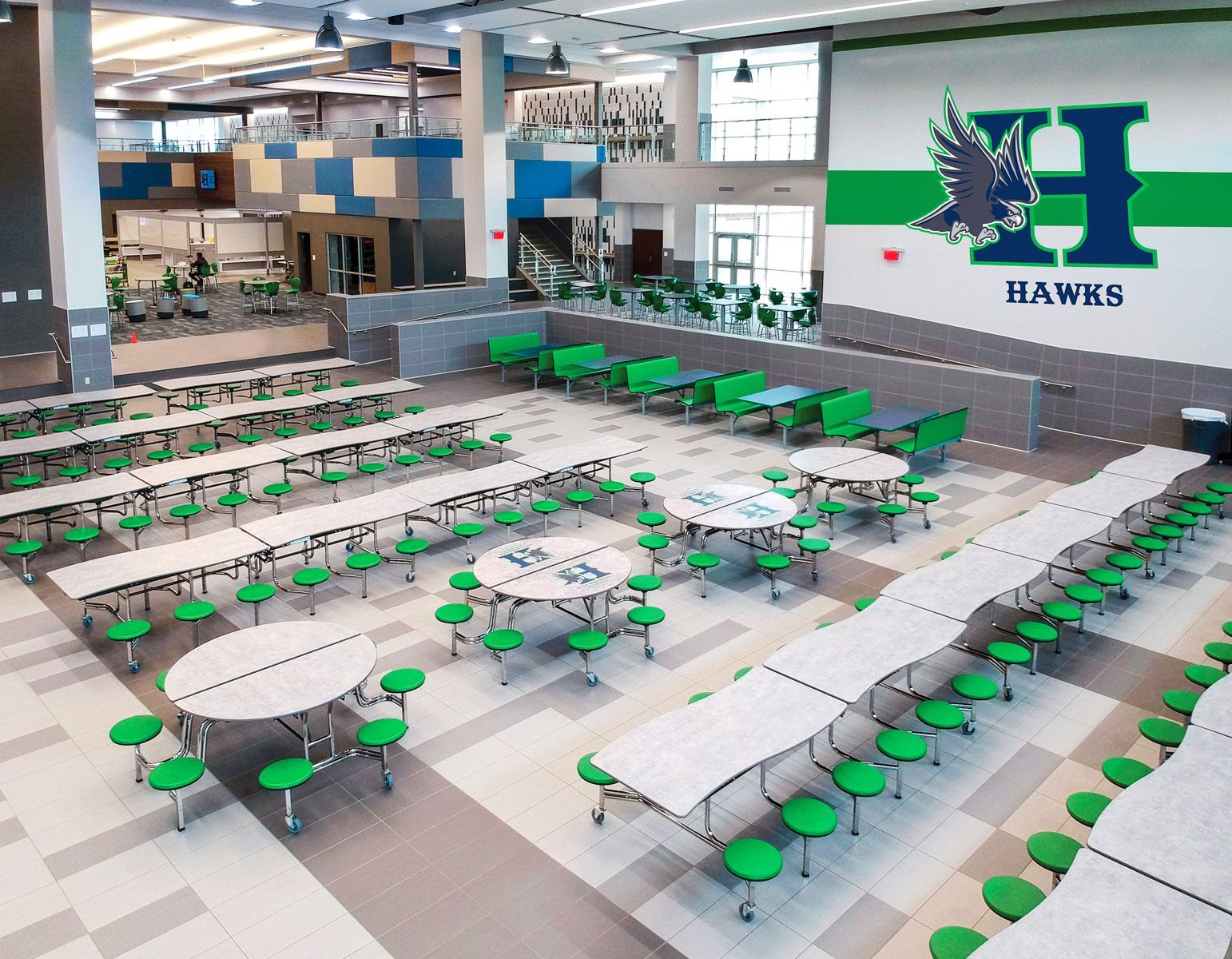Quiet Zones in Education: Sparking Creativity and Learning
In today’s fast-paced, technology-driven classrooms, students are rarely without a screen. While digital tools have transformed education in powerful ways, research continues to show the value of balance.

When schools create quiet, tech-free spaces for study, reflection, and creativity, students often thrive. These areas—sometimes referred to as “quiet zones”—offer an intentional pause from the constant buzz of digital life, encouraging deeper learning, focus, and imagination.
At 3 Oaks Resource Group, we’ve seen firsthand how purposeful design can shape the way students learn and interact. With access to hundreds of trusted furniture and fixture vendors, we help schools design quiet zones that are durable, functional, and welcoming. By pairing the right furnishings with thoughtful layout and planning, schools can carve out spaces that support students’ academic and personal growth.
Why Quiet Zones Matter
Educators are increasingly recognizing the benefits of quiet spaces. According to studies published in Learning Environments Research, students who have access to calm, reflective areas show improved concentration and better academic performance. Likewise, research from the American Institutes for Research suggests that structured downtime away from technology can lower stress and increase creative thinking.
Quiet zones are not just about removing devices; they are about reintroducing balance. When students engage in independent reading, journaling, or small group study without screens, they practice focus and mindfulness—skills that carry over into their broader academic work.
Designing Inviting Tech-Free Spaces
Creating an effective quiet zone starts with intentional design. These areas should feel different from the hustle of a classroom or commons space, signaling to students that this is a place to reset and recharge.
Furniture to Consider
- Soft Seating: Lounge chairs, beanbags, or upholstered benches create comfort and invite students to linger. Selecting modular pieces allows flexibility as needs shift throughout the school year.
- Individual Study Carrels: Desks with privacy panels provide personal space for focused reading or test prep. They are especially effective in media centers or library corners.
- Collaborative Nooks: Booth seating or small round tables with comfortable chairs encourage peer-to-peer discussions without the distraction of larger group dynamics.
- Acoustic Enhancements: Furniture with sound-absorbing materials, or the addition of dividers and panels, helps reduce noise levels and maintains the calm atmosphere essential for a quiet zone.
At 3 Oaks, we draw from over 100 vendor partnerships to ensure every piece selected is durable enough for high-use environments while still stylish and adaptable for evolving educational needs.
The Trend Toward Tech-Free Spaces
The rise of “tech-free zones” on campuses is more than a passing trend—it’s a response to growing concerns about student well-being. A recent Common Sense Media report found that teens average more than seven hours per day on screens outside of schoolwork. With that level of saturation, many educators are taking proactive steps to carve out screen-free times and spaces.
These initiatives align with broader wellness goals. Students who spend even short daily periods in unplugged environments report lower anxiety and higher engagement when they return to traditional classroom activities. By intentionally designing spaces that foster this balance, schools send a clear message: student wellness and creativity matter.
Three Key Considerations for Every Quiet Zone
When setting up quiet spaces, schools should keep three guiding principles in mind:
- Functionality – Ensure that furniture supports the intended use, whether individual focus, small group collaboration, or restorative relaxation.
- Durability – School furniture must stand up to heavy use. Partner with procurement experts who can source commercial-grade products built to last.
- Flexibility – Quiet zones may need to shift with changing schedules or evolving student needs. Modular furniture allows easy reconfiguration.
Quiet zones are more than just spaces without screens—they are intentional environments that encourage students to slow down, think deeply, and connect with themselves and others. As schools continue to balance the benefits of technology with the need for focus and reflection, these spaces will play a critical role in shaping learning outcomes.
At 3 Oaks Resource Group, we help education leaders design with confidence, drawing on our wide network of vendors to create spaces that inspire, endure, and evolve. Whether outfitting a library corner, a dedicated reflection room, or a multipurpose media center, we provide the furnishings and expertise to bring your vision to life.



